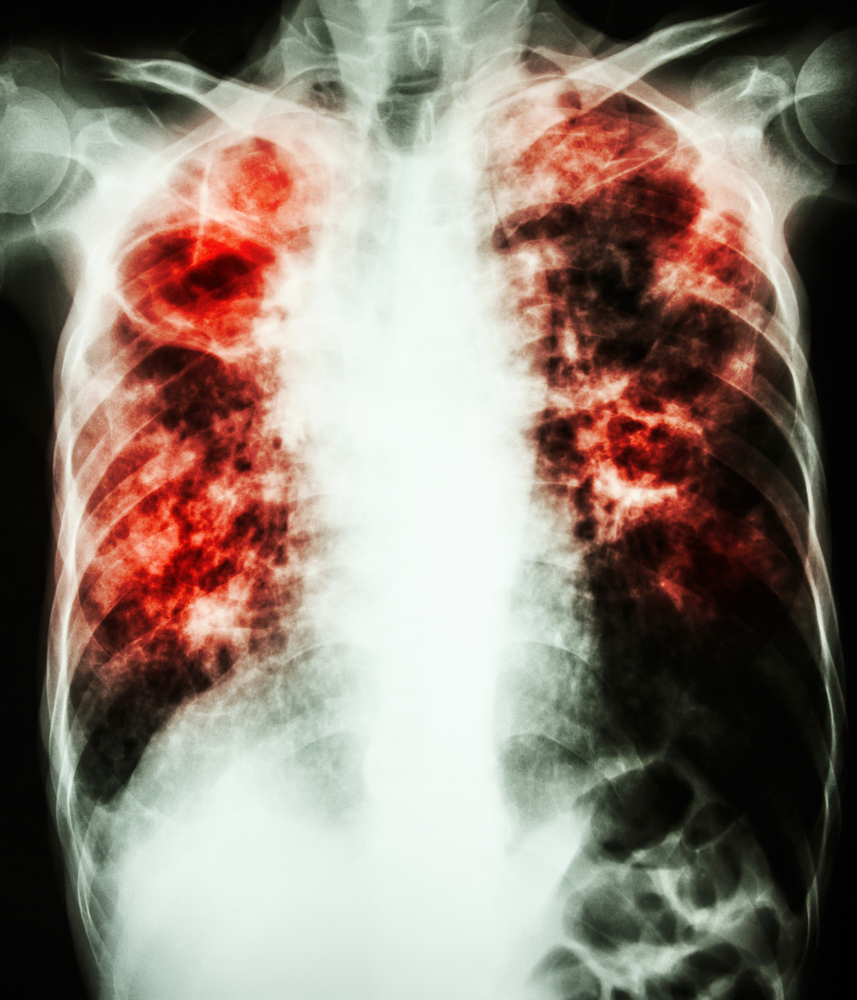Inflammation in Airways of Sickle Cell Children Distinct from Asthma Alone, Pilot Study Suggests
Written by |

White blood cells, especially monocytes, may underlie the breathing difficulties affecting children with sickle cell disease (SCD), a small pilot study suggests.
Asthma is estimated to impact from 17% to 28% of all children with SCD, its researchers noted, and obstructive lung disease — which affects exhaling — is thought to stem from asthma.
The study, “Airway Inflammation and Lung Function in Sickle Cell Disease,” was published in the journal Pediatric Allergy, Immunology, and Pulmonology. Its goal was to challenge “the common notion that airway inflammation in SCD is secondary to asthma” and so treating the asthma could resolve the inflammation seen in these children’s airways.
“There is a high prevalence of lower airway obstruction (up to 57%) and airway hyper-reactivity (up to 77%) in children with SCD, independent of a diagnosis of asthma,” the scientists wrote. “Thus, SCD has a large pulmonary disease burden, possibly independent of asthma, with poorly understood pathophysiology [reasons for disease development].”
Researchers at Columbia University Medical Center opened a pilot study at The Children’s Hospital at Montefiore, Albert Einstein College of Medicine, where they compared inflammation markers in children with sickle cell and pulmonary complications to those in children with allergic asthma.
Their study enrolled 30 children and adolescents, ages 6 to 21: 15 had SCD and asthma, airway obstruction, or inflammation of the airways; the other 15 had asthma due to allergies and served as a control group. All with sickle cell had at least one episode of acute chest syndrome, which includes fever, cough, low blood oxygen levels (hypoxia) and chest pain.
They measured several inflammatory markers, including cells of the immune system — called white blood cells — and cytokines (signaling molecules released by immune cells that play a role in immunity and inflammation) in participants’ blood and in exhaled breath condensate. Then they compared levels of these inflammatory markers between the two patient groups.
Results showed that the numbers of white blood cells, including monocytes (the largest of white blood cells), were significantly higher in SCD children. Moreover, levels of key inflammatory cytokines — tumor necrosis factor-alpha, interferon gamma inducible protein (IP)-10 and interleukin-4 — were significantly increased in blood samples from the SCD group compared to controls.
Exhaled breath from the sickle cell children also showed elevated levels of the monocyte chemotactic protein 1 or MCP-1, a signaling molecule involved in monocyte recruitment to places of injury and inflammation.
Poorer performance in lung function tests — the forced vital capacity (FVC) and the forced expiratory volume in 1 second (FEV1) — correlated with higher levels of two inflammatory markers, the IP-10 and the leukotriene B4, a signaling molecule released by white blood cells in response to inflammation. (FVC measures the amount of air that can be forcibly exhaled after taking the deepest breath possible; FEV1 is a measure of how much air can be exhaled in one second after a deep inhalation.)
“The current practice has been to associate most patients with SCD who have pulmonary involvement with asthma and manage them with standard asthma medications. With more insight into the underlying mechanisms of SCD pulmonary injury, future therapeutic targets could be directed toward more specific disease mechanisms,” the researchers wrote.
These results, they added, suggest that white blood cells, particularly monocytes, promote airway inflammation in SCD children and are potential treatment targets for lessening lung inflammation.





